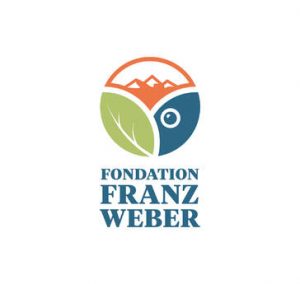Introduction
From his workshop in China, the ivory master focuses on the intricacies of his art. He painstakingly transforms the piece of ivory in his hands into a Buddha or balls carved one inside another, taking months to complete his task.
He uses carving skills that have been passed down through generations over thousands of years. He has invested decades of his own labor to build his knowledge and technique. And the finished product, once again, is spectacular.
Thousands of miles away in the African bush, the master’s great dedication to his craft has served another purpose. By adding substantial value to the raw ivory, he has helped to support the conservation of African elephants.
View PDF in English.
View PDF in French.
View PDF in Spanish.
View PDF in Russian.
View PDF in Arabic.

